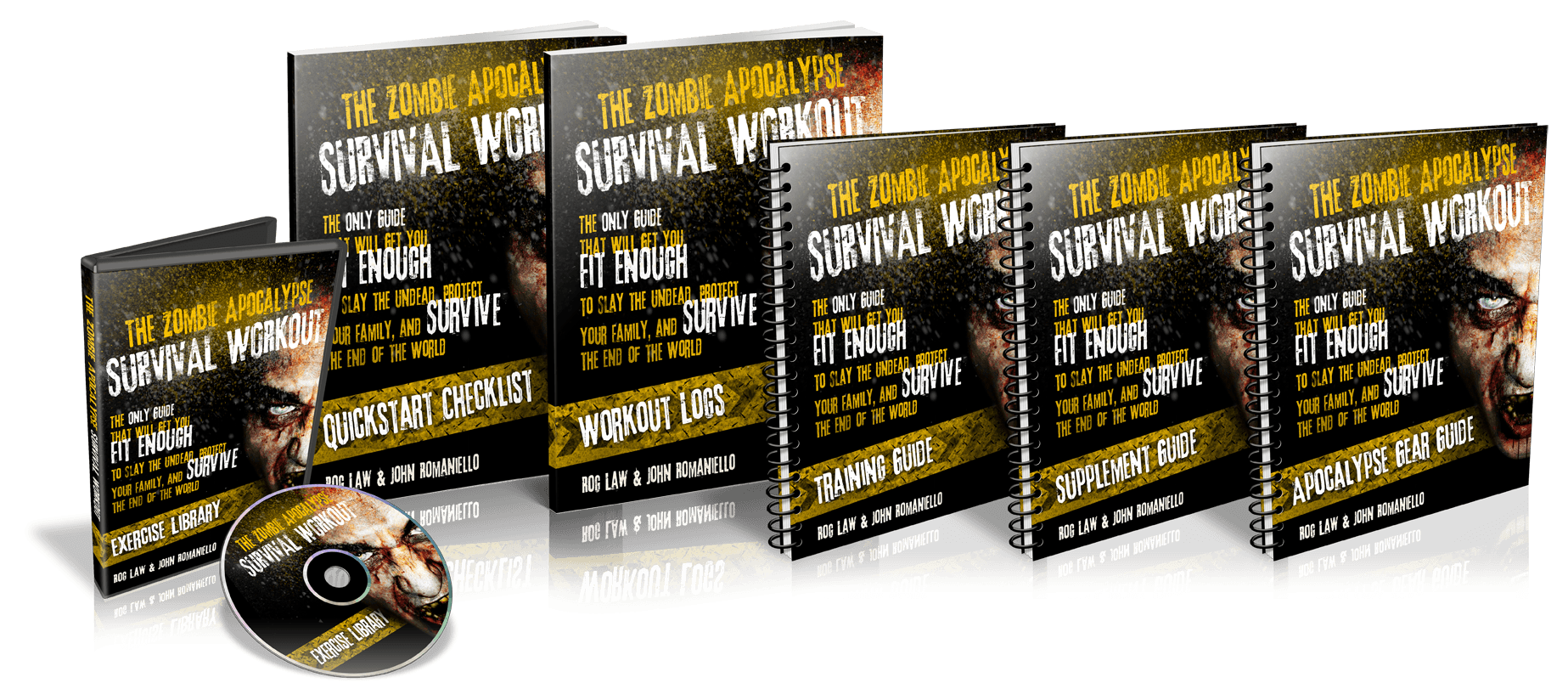Today’s guest post is brought to you by Boston University Assistant Strength and Conditioning coach, Jill Zeller.
I started training and making cameo appearances at BU two or so years ago when one my good friends, Dave Rak, was a GA there. He left (now a S&C coach at University of Washington), and the staff at BU were nice enough to let me continue to stop by. I’m sort of like that character Milton from the movie Office Space who just continues to show up to work despite technically no longer being an employee.
Without the stapler fetish of course.
Nonetheless, it’s a beautiful facility and the staff is fantastic.
As it happens, Jill and I were discussing “flow” warm-ups recently and she had a nice idea on how to incorporate a Keiser system into the mix. I asked her if she’d be interested in writing about it, and this is what she came up with.
Enjoy!
PS: if you don’t have access to a Keiser system, no worries! You can just as easily use a standard pulley system.
In the last few years many coaches have been discussing developmental patterns that challenge people to breathe and crawl to increase their movement quality. The term Flow has been used by many strength coaches to describe a series of drills that effortlessly seem to blend together while constantly challenging the athlete to stabilize and mobilize.
Note from TG: Fun, random Tony fact (and my apologies to Jill for highjacking her article). When Lisa and I first started dating she had mentioned that one of her favorite books was Flow, written by renowned psychologist Mihaly Csikszentmihalyi.
In it he describes the “optimal experience,” and that what makes an experience genuinely satisfying is the state of consciousness called…….flow.
During this state, Dr. Csikrerweufushjahkswqoiojfsyi describes people as typically experiencing deep enjoyment, creativity, and a total involvement with life.
Examples include people who enjoy cooking, gardening, tinkering with their car, or for the more geeky of us, engaging in a full blown Magic the Gathering marathon. Whatever the case may be, we’re in it…with laser like focus.
The day after our first date, I bought the book as a way to prove to Lisa “see? I was listening!! I like you so much that I bought your favorite book from Dr. Whateverhisnameis. We should totally make out!”
Um, yeah, that book is still sitting on my bookshelf unopened. Someday I’ll crack it open and give it a go.
This FLOW warm-up follows the ground up approach incorporating an upper body push, pull, core and lower body squat and hinge pattern.
The Ground-Up Approach
Starts with some form of diaphragmatic breathing because this is the number one pillar you need to master before any other movement. Once you can exhale longer than you inhale, push your rib cage down towards your hips and engage your pelvic floor, you can begin.

Photo Credit: Supremedalekdunn
The first movement is a dead bug, which we all know Tony is obsessed with. It’s actually kind of creepy.
This is a supine core exercise. We start supine because if you cannot master your lumbo pelvic position supine you have no business moving into quadruped, half kneel or any other positions against gravity that offer a lesser base of support. Do 10 reps each side.
Note from TG: this ground-up approach highlights the SFMA’s 4×4 Matrix and serves as an excellent framework for customizing corrective exercise as well as programming considerations in general.

For example a 1-1 would be a supine glute bridge with a band wrapped around the knees (for proprioceptive feedback). A 4-4 would be something like a traditional squat or deadlift.
While rules are always meant to be broken, when you’re dealing with clients or athletes who exhibit stability/motor control dysfunction, the 4×4 Matrix acts as a foundation for addressing things through progressive postures, loads, and reflex activation.
NOTE: full video demonstration ALL the moves below.
From supine we have a smooth transition into the next core drill….Side Plank Row.
This is anti-lateral flexion exercise compounded with a one-arm horizontal pull. This is stability, mobility and strength in one exercise. The whole kinetic chain is working as you stabilize your core and row with your top hand using your rotator cuff muscles and rhomboids. Repeat 10 each side.
We progress into the quadruped position for Bird Dogs.
Bird dogs are a level harder than a dead bug because they challenge the base of support through your anti-rotary muscles and lumbar stabilizers. Repeat 10 on each side with a one second pause at end range without any lumbar movement. (Ladies: Make sure you’re far enough from the keiser that your pony tail doesn’t get caught in it..Just saying).
In the tall kneel position we transition to doing a One-Arm T with a Press. The tall kneeling position challenges our lumbo-pelvic position. The T forces us to have proper scapula stability and abduction. After abduction we add another horizontal press for an extra anti-rotary component.
Do 10 each side.
From a tall kneeling position we narrow the base of support to come into a ½ kneel position or an in-line position. To reiterate, it’s important to be cognizant of where our diaphragm and pelvis are in this position. Are we locked in?
Here we perform an anti-rotational press, the Pallof Press. Do 10/side.
We are finally approaching a standing position.
Hold the keiser handle at belly button height and have the athlete squat. By holding the keiser distal from your body you’re slightly pulling your thoracic position into flexion so you have to use your core stabilizers to maintain proper spinal alignment through a squat pattern.
Do 10 Core Engaged Keiser Squats.
The last exercise is a Single Leg Deadlift to Row. This teaches the hip hinge in a unilateral fashion. It’s a great regression when teaching an SLDL because the tension on the keiser allows you so sit back into the hip on the ground while extend and slightly internally rotate the hip moving through the sagittal plane. At the top we row to exaggerate hip extension upper body pulling.
The objective of this warm up is to go through many movement progressions within one seamless action. I.e., flow.
Athletes can appreciate the difficulty of each movement tier but still see the final outcome. (A standing position).
Lets See the Whole Thing in Action!
Repeat this twice and you have completed numerous core exercises, two upper body pulls, two upper body presses, one unilateral, one bilateral, a squat pattern, and a one leg hip hinge pattern in about 5-10 minutes.
You’ll definitely break a sweat and be more prepared for your subsequent training session. Plus, it serves as a nice change of pace and breaks up the monotony of most warm-ups. Give it a try today and let me know what you think in the comments section!
About the Author
Jill Zeller is an Assistant Strength and Conditioning coach at Boston University as well as one of the Head Strength and Conditioning coaches at Mike Boyle Strength and Conditioning.
She loves to deadlift. And give high-fives.
You can check out Jill’s Facebook page HERE, and follow her on Twitter HERE.




